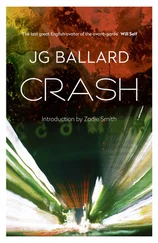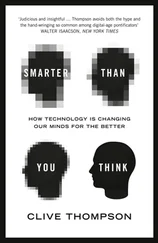And that’s not even factoring in the pleasure of the massive explosions, Buffyesque fight scenes, a sharp cast of British talent (John Hurt, Sinéad Cusack, Stephen Rea) and the pleasantly subversive fact that the adolescent son of our present prime minister, Euan Blair, was a runner for a film that takes great pleasure in blowing up the Houses of Parliament. The letdown-and I am sad to say it-is Portman herself, who continues to suffer under the weight of a beauty so great it makes Audrey Hepburn look dowdy. Even her bald-headed mug shot looks like a Vogue shoot. Compounding the problem is the kind of English accent only ever found in Swiss finishing schools and the offices of dialect coaches in Hollywood-and Long Island lingers in it still. There is a film for this beautiful girl out there somewhere. I’m just not sure what it is.
In the meantime, she throws a wrench in the works of V for Vendetta by being both too feminine and too mild for a story that in book form was an act of fury and lit a fire under the Thatcher-era kids who read it. Its message was not “Blow up the Houses of Parliament” or “Wear a white mask and knife people,” for kids are not morons and understand what an allegory is. The message of V for Vendetta is “Change is possible.” In its film form this is a truly radical notion to be filed in the adolescent brain right next to the message of the first Matrix movie: the world is other than it seems. If this film makes kids think that way again, that’ll be, like, totally awesome.

The premise of Tsotsi is terrific. A young thug from a South African township shoots a middle-class black woman in the stomach and drives off in her car. A mile down the road he hears a baby crying in the backseat. The audience gasps in that odd mixture of surprise and recognition that great storytelling affords. Everything flows from this point with the inevitability and moral didacticism of the Moses story. But the setting is fascinating; everything is news: the township shacks, the glamorous black middle class, the tube station, the concrete rings in which orphaned children sleep out in the open air. At the center is Tsotsi himself (Presley Chweneyagae), who needs no mask to commit his acts of terror-his face is a mask. In a scene so menacing it outpaces the deadliest moments of Scarface itself, he stalks a crippled man through a train station, a beast on the hunt. Frantic local hip-hop, kwaito , choreographs his frenetic impulse to violence; gospel swells as we glimpse the possibility of redemption in a boy who seemed lost to all pity. I wept throughout the last fifteen minutes. Unfortunately, unlike the woeful 50 Cent movie, this film-from which young black men could genuinely profit-will be seen by Ekow Eshun and nobody else. It will not sell for five quid on the Kilburn High Road, and no one will pass it around a playground.
TRANSAMERICA AND ROMANCE & CIGARETTES
Sometimes it’s the little things that matter. Just before Humbert Humbert meets Mrs. Haze, the mother of the girl who will go on to obsess and destroy him, his gaze falls on “an old gray tennis ball that lay on an oak chest.” This tennis ball has nothing whatsoever to do with the grand themes of Lolita -it “just is,” and in this is beautiful. Many films attempt to master the art of the little moment, the unnecessary aside, the “just is” that makes the work human, and not merely a contrivance of art.
Transamerica is almost entirely contrived, desperately panting after the Oscars it did not, in the end, win-but hidden within its improbable plot and grotesqueries dressed up as humans, there is a policeman looking at the duty roster of the previous night and finding the crime for which a seventeen-year-old drug-using hustler has been locked up overnight: “This is a new one: apparently he shoplifted a frog.” Neither the frog nor the incident is mentioned again, but I gift a whole extra star to this film for that line alone: it is a piece of human business that will stay with me long after many of the season’s films have passed from my mind.
And what else? Well, like Lolita, Transamerica spends much of its time on the road traveling from East Coast to West in a beat-up car, passing tourist joints and freshwater lakes and pausing in roadside bars and motels. Two people who don’t much like each other in New York get closer in Kentucky and learn to love each other in L.A. That one of these people is a pre-op male-to-female transsexual and the other is her son does not, in and of itself, rescue this film from an intense overfamiliarity. To watch this film go through its paces is a reminder that all cultures, no matter how alternative, petrify into cliché in the end. Part of this is in their desire for mainstream affirmation, which requires that they develop a “line” about their “issue” and not deviate from it.
From this film we divine that the present line on transgendered people is that they have a genetic disorder and not a psychological one, and therefore neither the script nor the audience is allowed even momentarily to consider the possibility that the operation Bree (Felicity Huffman) is about to undertake is anything other than a necessary and correct procedure. Nor are we allowed to wonder why, if transsexuality is (as a character puts it) “a radically evolved state of being,” Bree wants to take this radical male/female double-ness and reduce it into a singularity. What if the “problem” is neither genetic nor psychological, but social? For what did “women trapped in a male body” do three hundred years ago? Maybe they expanded the social category of what it is to be male so that it was expansive enough to include the “female” traits they longed for.
Well, so I think privately-but I’d never say it in front of Bree, who is a film character in need of near-constant affirmation. For this she has an extraordinary therapist-possibly unique to American shores-whom she is encouraged to phone whenever she needs the equivalent of a therapeutic cheerleading session. “It hurts,” says Bree. “That’s what hearts do,” says her therapist. “Let it out-this is good, this is so good.”
But is it? It’s finely acted by Felicity Huffman, who has exactly the careful, overstylized physical movements used by those who aspire to the feminine and feel they do not naturally possess it. She has her icky wardrobe of light pink separates and chiffon neckerchiefs, a Harry Belafonte basso and the prickly vulnerability of the permanently self-conscious. But around a bold performance shelter cardboard cutouts: a sassy old black woman and a wise Native American, an unsupportive Suburban Mom in an electric blue shell suit and a street-kid son (Kevin Zegers) who has gone off the rails.
When this son, Toby, attempts to make the road trip go faster by explaining how the subtext of The Lord of the Rings is “totally gay,” I felt we were driving dangerously close to contemporary cliché land. When Bree took him to task for using the word like in every sentence, we’d made a camp in cliché land and bedded down for the night. The film thinks it brings cultural news, with its talk of “stealth” transsexuals who “walk amongst us,” but really none of these characters walks among us-they haven’t the imaginative breadth to survive in our world. They walk in another land, a mirror land through which Charlize Theron and Hilary Swank (two actresses the official publicity notes shamelessly compare to Huffman) have walked before, a place where the fact that the central female role is “unflattering” is considered a daring artistic act in and of itself.
If you are one of those people who, like me, found Hilary Swank better looking in Boys Don’t Cry than she ever is on the red carpet, you too might find it surprising that we are meant to think Felicity Huffman’s brown hair and lack of backless Versace dress a terrible deprivation. She has a handsome beauty that is not obscured in this film and a gift for characterization that deserves a better script. But Bree’s journey was never intended to genuinely challenge ideas of female beauty or femininity itself or gender dysmorphia or the surgery now regularly practiced to “correct” it. It was meant to be a nice hook to hang a movie on. And so it is.
Читать дальше
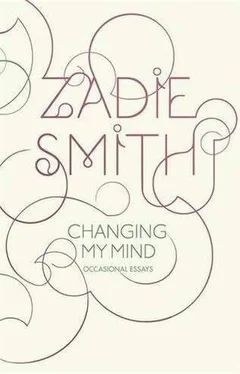

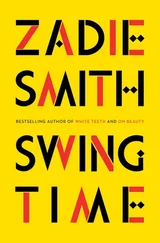

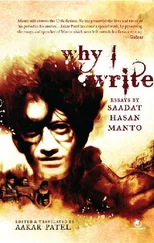
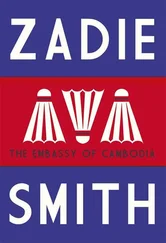
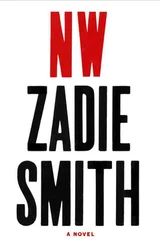
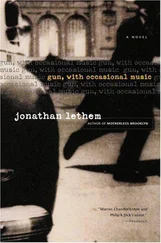
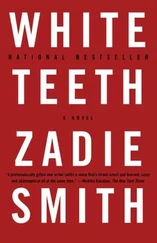
![Джон Харгрейв - Mind Hacking [How to Change Your Mind for Good in 21 Days]](/books/404192/dzhon-hargrejv-mind-hacking-how-to-change-your-min-thumb.webp)

